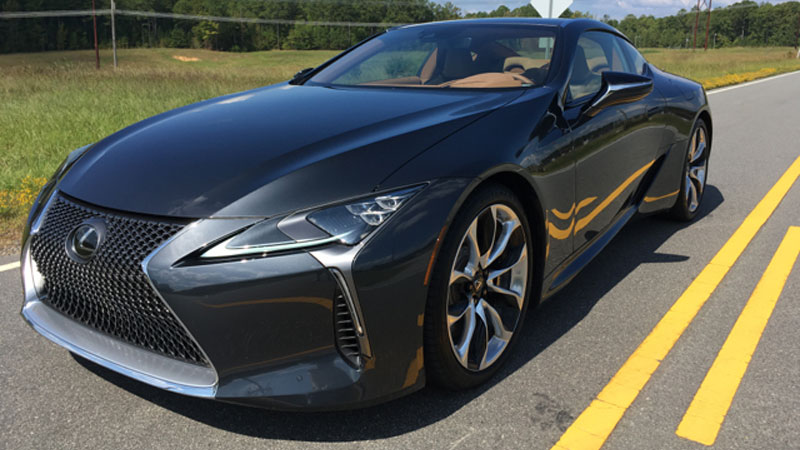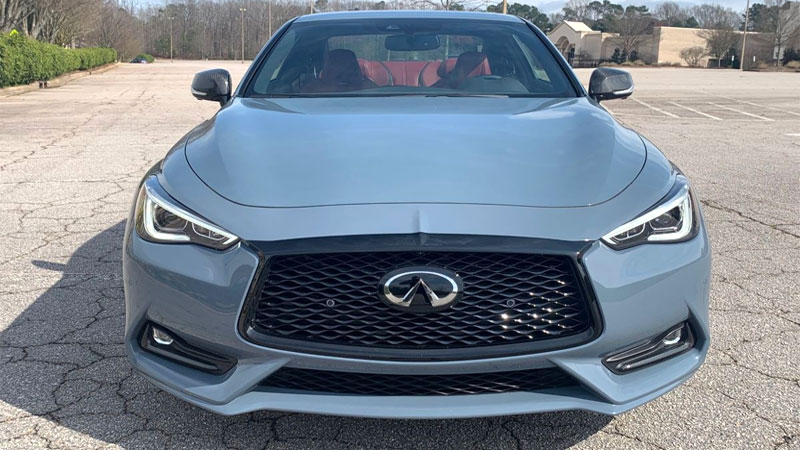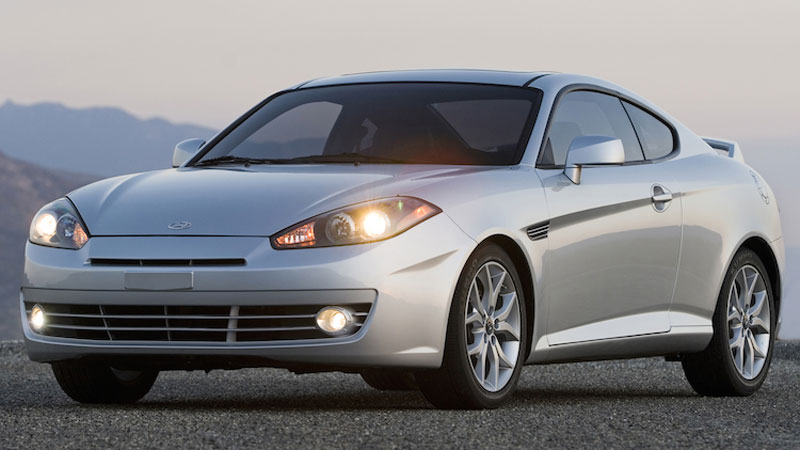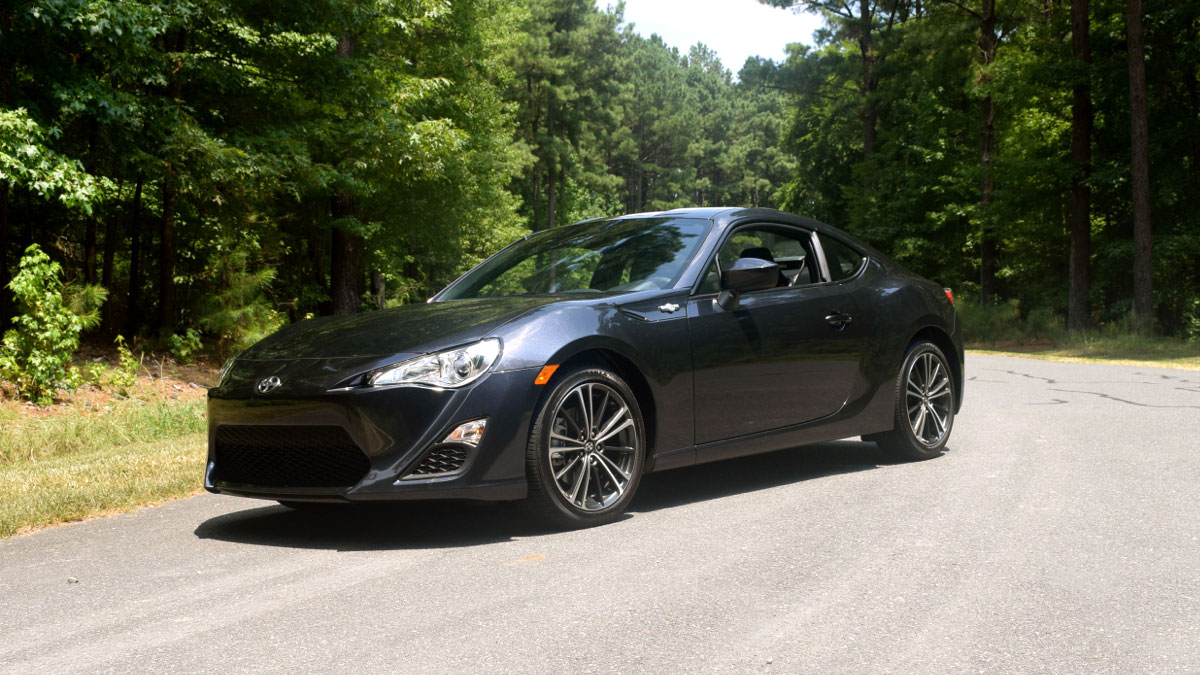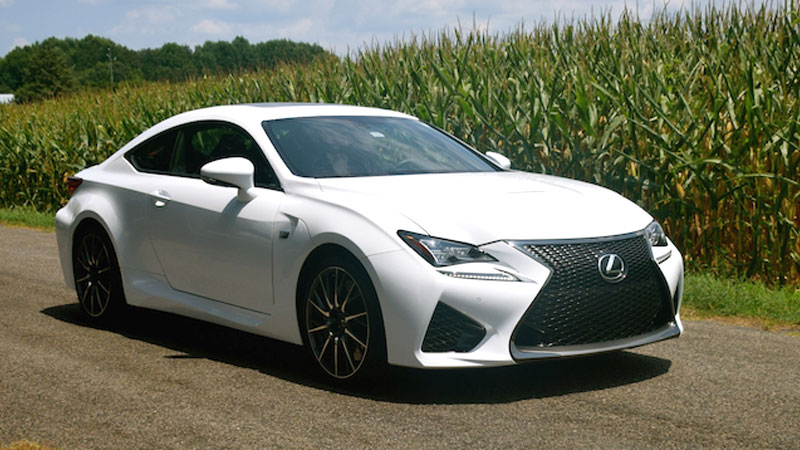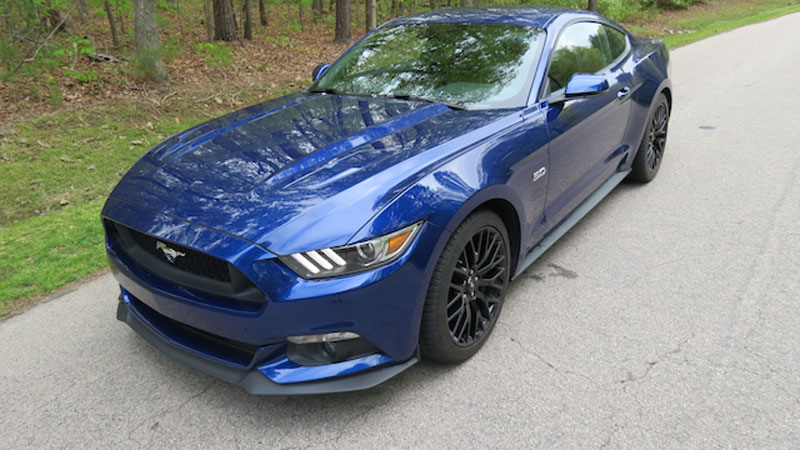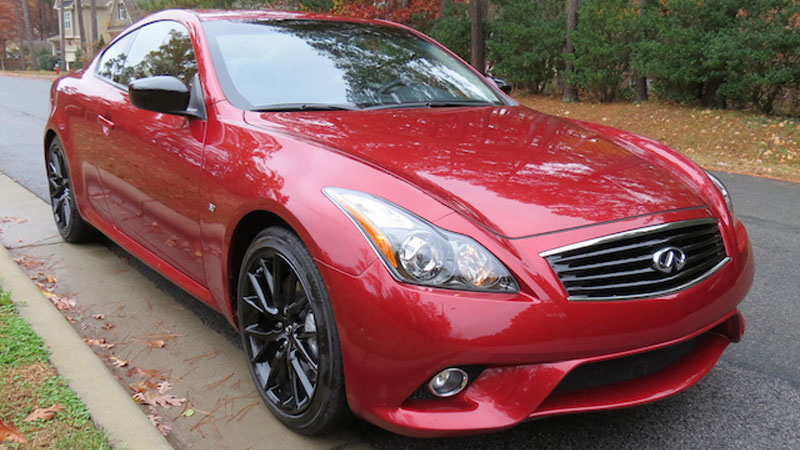Will We See a Lexus UC Version of the Toyota 86?
Rumor: A plug-in hybrid Lexus UC may be under development The rumors first surfaced in late June and only became stronger through the extended Independence Day weekend. When we learned that Lexus might develop a version of the Toyota 86, which itself is derived from the Subaru BRZ, that caught … Read more

